Five Important Lane Splitting Statistics

Is Lane Splitting Safe?
Lane-Splitting or Filtering, as the practice of riding a motorcycle between lanes of slow or stopped traffic is called, has received lots of national attention. There is still quite a bit of misinformation out there, so here are some facts that may clear up this controversial issue.
- Lane-Splitting is Outlawed in 49 States (and District of Columbia)
There is one state – California – where motorcyclists may legally ride between lanes of stopped or slow traffic. In every other state, it’s either explicitly (as in very specifically mentioned in the law) against the law or outlawed in practice, usually as reckless driving or some other statute. Several states, including Texas, Nevada, Washington and Oregon have pending bills in their legislatures to legalize this practice in some form, but as of this writing it’s still not okay. So don’t do it outside of California unless you want to risk a ticket!
- Lane-Splitting May be Safer Than Riding in the Lane
According to a 2013 study at U.C. Berkeley’s Safe Transportation Research and Education Center (SafeTREC), lane-splitting California riders were 1.8% less likely to suffer a fatal injury and 2% less likely to be struck from behind. Earlier studies from Europe and Australia have made similar conclusions.
- Lane-Splitting is Practiced by 36% of California Motorcyclists
In a survey of California motorcyclists from 2013, 36.4% of daily riders reported splitting lanes. Legalizing lane-splitting doesn’t turn the roads into maelstroms of weaving, unpredictable motorcyclists!
- Lane-Splitting Must be Done Safely
So you think you can have your lane-splitting cake and eat it, too? Well, you can… if you’re smart. The SafeTREC study showed that accident and fatality rates were fewer only if the rider was traveling at less than 50 mph and the speed differential was 15 mph or less. Otherwise, it’s riskier than riding in your own lane.
- Lane-Splitting can Save you 20 Hours a Year
How much is your time worth? According to a 2015 Texas Traffic Institute article, the average urban commuter spends 42 hours a year stuck in traffic. In my experience, lane-splitting typically cuts your commute time in half if most of it is through a badly congested area. That’s 21 hours – half a workweek – of your life that you can gain back. Multiply 21 by your take-home pay and that’s probably enough to cover a few bike payments!

Motorcycle.com presents an unrivaled combination of bike reviews and news written by industry experts
More by Motorcycle.com Staff



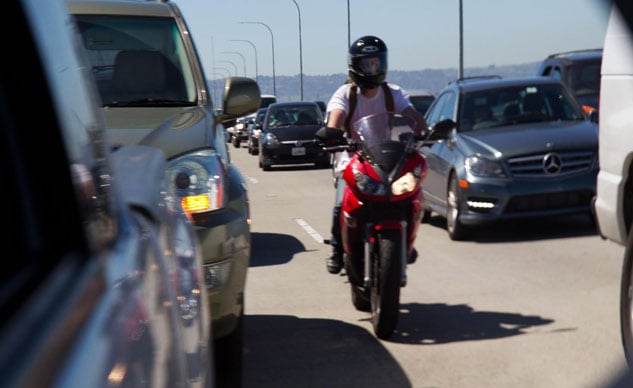
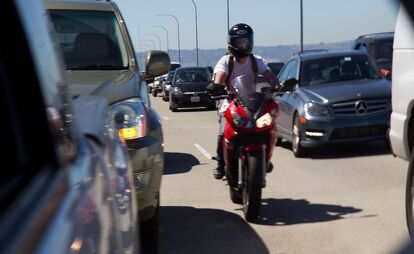





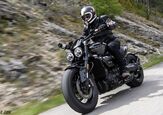


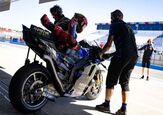
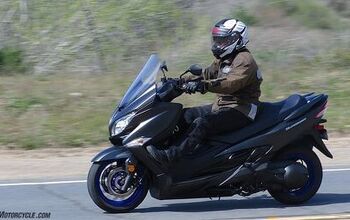












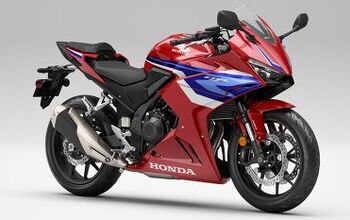




Comments
Join the conversation
All good in CA. Cagers are used to us splitting. President Trump must consider an exec. order to allow splitting in all states or the States get zero highway funds! That'll work.
The article is flawed. It suggests Lane splitting and Filtering are the same manoeuvre, which is incorrect. I really wish these people at Motorcycle.com would read up on stuff before they write an article in which the author appears to know what they are on about. The readers that don't the know the difference are sucked in and start to believe that what is written is correct! They are also saying 'lane splitting' when quoting data from 'filtering' statistics.
Quote: 'Lane-Splitting or Filtering, as the practice of riding a motorcycle between lanes of slow or stopped traffic is called....'
NO IT'S NOT!
Filtering: Is moving up through slow moving or stopped traffic.
In the UK and Europe filtering is generally defined as under a 20/20 guideline:
Do not filter at more than 20mph (30kph) and do not filter when traffic is flowing at more than 20mph (30kph).
Lane Splitting: is switching lanes and riding up through faster traffic that's moving faster than (say) 30kph. When lane splitting, traffic is never stopped. If it is stopped it will be called 'Filtering'.
Lane splitting is not legal in the UK and Europe simply because it is illegal to split lane and undertake in fast moving traffic, i.e. traffic moving faster than 30kph for example. Filtering is legal in the UK and most of Europe. In some countries the law defines filtering as legal. In some countries the law does not prohibit filtering and thus it happens.
Here in Canada, the drive in BC is to have 'FILTERING' introduced.
There is not current drive that I am ware of to introduce lane splitting.
The logic behind FILTERING drive is as follows:
1) Save riders lives and reduce serious injuries by removing stationary bikes from the firing line of distracted drivers.
2) Help reduce traffic congestion - If just 10% of commuters switched to 2 wheeled motorised transport traffic congestion would be reduce by up to 40%
3) Help reduce the environmental impact of stop start/stationary vehicles through the introduction of filtering
Trying to introduce lane splitting at the same time as filtering and I think there will be huge resistance from lawmakers and motorists.
Once filtering is legal and accepted by the motoring public and riders are also used to the concept then maybe look at splitting.
Lets take it one step at a time eh?